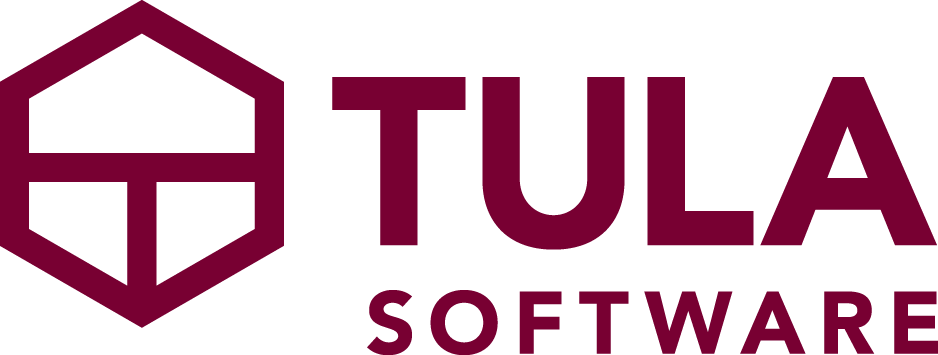What was powerful about this though is that it allowed me to, for a moment, experience AcroYoga in a way I hadn't before: as a fluid connection of moves. I'd only ever felt that 'flow' in a vinyasa class, but getting a glimpse of it with Acro was a real joy.
That one hour changed what I thought I might be able to do should I choose to explore this part of practice more.
Transformations in my hips
I often have experiences at yoga festivals that I consider transformative. Not necessarily in a big grandiose way, but what I mean is that I have marked experiences that change the way I look at or feel about something. When this happens in such a way that you feel it in your body, the experience is stronger. At the NamasDay weekend this experience came to me by way of Marni Scarloff's two hour hip-opener class.
I love hip-openers because of the emotional release they provide. Someone else in class joked that they'd be over in the corner crying most of the class. And so with this being a 2 hour hip opener class I fully expected it to be one where I might be a little emotional and get a bit weepy in pidgeon pose.
And while this happened, something else happened too.
I ended up having the good luck of being Marni's demonstration prop for pigeon pose. After watching me do pigeon pose on my own, I raised up and she had me start entering into it again. But this time she began making super tiny adjustments all over my body from the very beginning. A slight modification in my foot, straightening my leg, moving my shoulder, raising my arms. All over my whole body, tiny tiny modifications. And I hadn't even started to bend forward over my knee yet.
All of this was taking strength. It was hard. And I was thinking, pigeon pose was always an intense but effortless pose for me. Yet here I was this time sweating from the effort.
And that's when it hit me: That with the right modifications, the source of our struggle is also the source of our strength. That where we are weak, we can become strong. That where we feel pain, we can find joy. That the light can come from the same place as the darkness.
My physical body seems to have absorbed this lesson, and the feeling I have in my hips now is less sorrow and more power.
The name of the class was Transformative Hip-Openers - which is more spot on than I could have realized.
The importance of counterposes
I ended the day with a celebratory class led by Leo Rising, Alex Auder and Noah Julian. But my lesson this time came not during the class itself which was wonderful (This crew gave some of the best adjustments I've felt), but instead came at the cocktail party after.
A few of us were hanging out talking and all of a sudden Leo says something to the effect of "I'm sorry....but sometimes you just need to get a counterpose in there!"
It was one of those things where my mind instantly re-focuses on something. Counterposes, yes! Why are these counterposes so important? What happens without them? Why does this seem to be such an important insight?
We know the answer almost intuitively.
If you're doing a twist in one direction, and you keep pushing and pushing and pushing, without ever offering a counter-pose, not only do you feel off-balance you actually feel some pain in the direction you were going. It's not that the twist in the one direction is bad - it's that by itself it's incomplete.
I started wondering, where else in our lives might we need more counterposes, and what might they look like?
A reminder to try something new
We ended the night with some fun at Johnny Gillespie's house, founder of Empowered Yoga. In his basement he keeps what essentially amounts to a full on cross-fit gym. With weights, bars and dumbbells aplenty, people started messing around with the equipment just a bit. A couple of us hung on the horizontal bar hanging from the ceiling.
When I did this, my lower back released instantly. Full on cracking and opening all within my lower back.
We evolved from a species that can climb trees, and yet it had been years since I felt the full weight of my body being supported by my hands. Johnny quipped that he got a kick out of yogi's that were so able to feeling their bodies, but who rarely took the time to feel what it feels like to hold a five pound weight over their heads.
It reminded me that for as much benefit as yoga provides, I enjoy the occasional thing that's different. This combined with the Acro Yoga lesson has me wanting to try out some more arial and acrobatic things I've had on my mind for a while, and that trying something new can feel very good indeed.
Effort first, payoff later
And of course the lesson I always learn at these events is how much work and effort putting these things on takes, but that ultimately it seems very rewarding and worthwhile. Mary, Becca, Carly and everyone at Philly Area Yoga and the NamasDay festival are a constant inspiration for what a small group of people can accomplish. We're so happy they continue to involve us with their festival, and if you're looking to check out a wonderful event I highly recommend it.
We'll be back in Philly for their Spring event - we hope to see some of you there!




